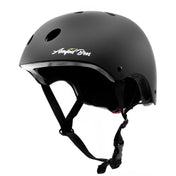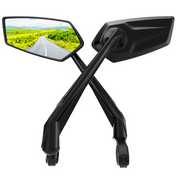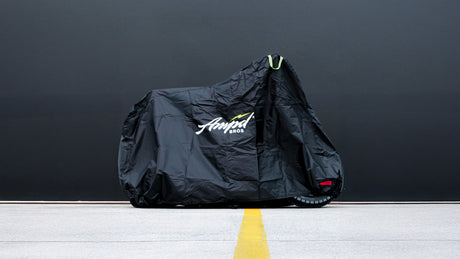Understanding the regulations surrounding e-bikes in Australia is essential for riders seeking to explore the world of electric cycling. According to the Australian Vehicle Standards, an e-bike is defined as a bicycle equipped with an auxiliary motor not exceeding 200W power output, without considering speed limits or pedal sensors. The great news is that all states currently agree that e-bikes don't require licensing or registration.
However, states may have varying rules, like restricting electric power on bike paths and built-up areas, so it's crucial for riders to familiarize themselves with their state's specific laws. As of May 30, 2012, Australia introduced the Pedelec category, following the CE EN15194 standard, allowing e-bikes with a motor of up to 250W, activated solely through pedaling and cutting out at 25 km/h, to be considered regular bicycles.
Excitingly, some states, like NSW in 2023, have taken steps to revise these standards, raising the maximum power output to 500W for e-bikes, marking a significant leap forward. However, interpretations of these standards differ from state to state.
In essence, an EN15194 Certified bike adheres to Pedelec regulations with a 250W motor cutting out at 25 km/h, while a Non EN15194 Certified bike is considered one with an auxiliary motor, limited to 200W and also cutting out at 25 km/h. Throttle usage is acceptable only on private property.
As of July 2019, no license or registration is required for e-bikes adhering to local laws, but standard bicycle regulations, including helmets and road rules, still apply. However, we strongly recommend checking your local authority's regulations before riding, as e-bike laws can be interpreted differently in different states. Remember, separate rules apply to electric scooters, skateboards, and other personal transport devices. Stay informed and ride responsibly!
What are the Electric Bike Regulations in Australia?












